The Heroic Age of Antarctic Exploration
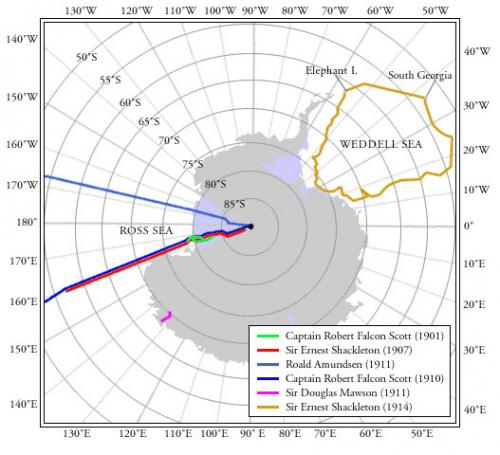
Antarctica remained a mystery until the early eighteen and nineteen hundreds when explorers first began looking for land in the far south latitudes. Among the most well known of the early expeditions was that of Admiral Sir James Clark Ross. In 1839 he sailed from England with two ships, the Erebus and the Terror. After a voyage through the Atlantic and on to New Zealand, he entered Antarctic waters on New Years Day, 1841. He continued south and was the first European to see what are now called Mt. Erebus and Mt. Terror which were named for his two ships. The island on which these mountains are located was later named Ross Island in his honor. This is the island on which McMurdo Station is located. Ross continued his exploration, trying to go further south, but he was unable to go sail through the ice.
Many other explorers sailed south over the next 60 years, exploring some coastal areas and adding to the knowledge of the edges of the continent, but none explored the inland areas of the Antarctic until the 1900’s. In 1901 Commander Robert Falcon Scott left England to conduct a scientific exploration of the Antarctic contintent. On board his ship the Discovery was another man who would also make history, Earnest Shackleton.
Commander Robert Falcon Scott
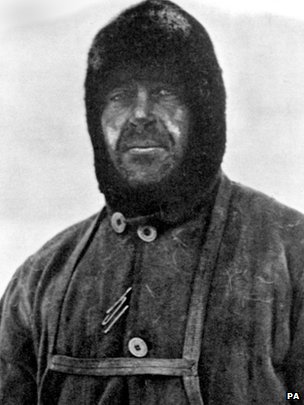
The first Scott expedition reached the Ross Sea in early January of 1902. They built a hut on what is now known as Discovery Point, next to the McMurdo Station. It was used during 1902 and 1903, although it was found to be a poor accommodation for the Antarctic climate because it apparently was colder than the tents the parties used at the time.
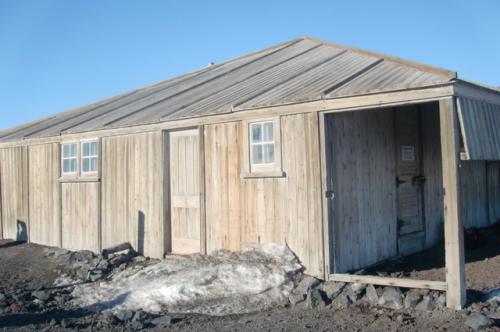
Scott returned in 1911-1912 to make a run for the South Pole. As it turned out he was in a race with Roald Amundsen, a Norwegian, to reach the pole first. Amundsen beat Scott to the pole by one month. Scott found that Amundsen had left a flag and note at the South Pole. Disheartened by not being first to the pole, Scott turned around and headed back to his hut on McMurdo Sound. He and his party never made it back. They were trapped by storms only from a supply depot. Here Scott and the 4 men with him died in March of 1912. His notes and diary were recovered later that year. The story of hardship and tragedy which was the Scott expedition remains one of the great epics of Antarctic Exploration.
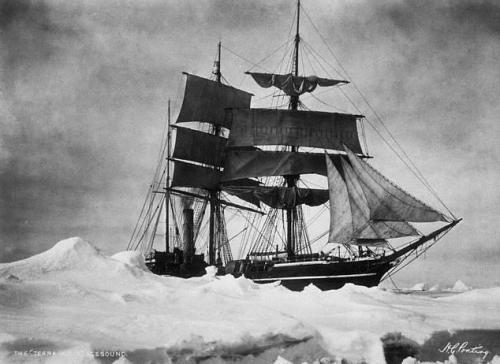
The hut is an international historic site, protected and maintained in its original condition. The WISSARD team visited the hut on Friday, November 23. These pictures show the actual supplies still within the hut today. Think about the conditions that Scott and his men endured spending a dark winter in this small building, eating the goods they brought with them as well as seal meat and blubber (fat), all cooked on a smoky, sooty stove that was fueled by seal blubber.
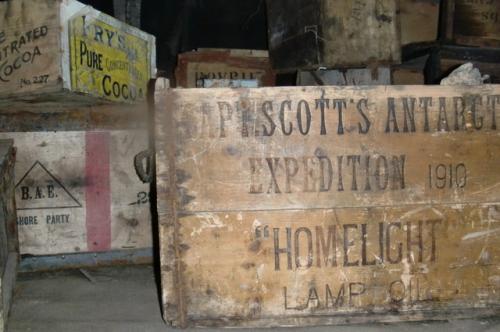
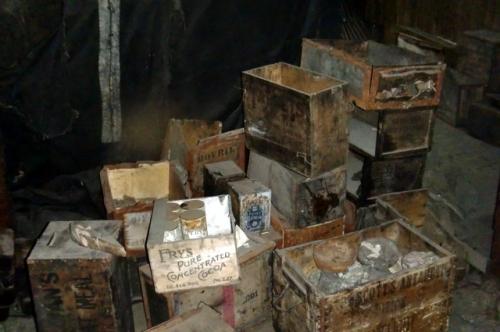
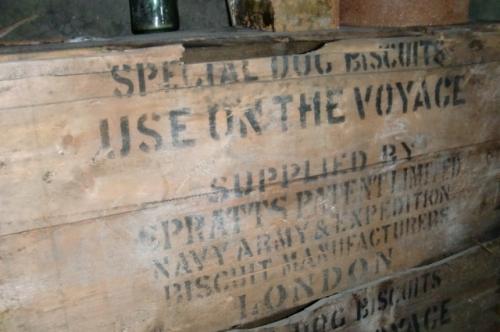
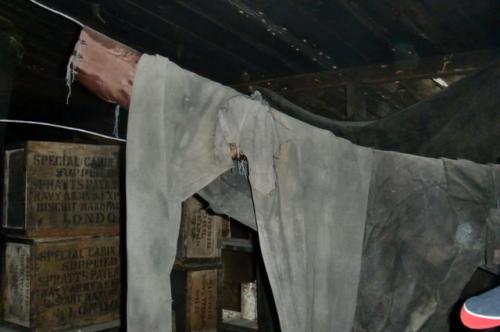
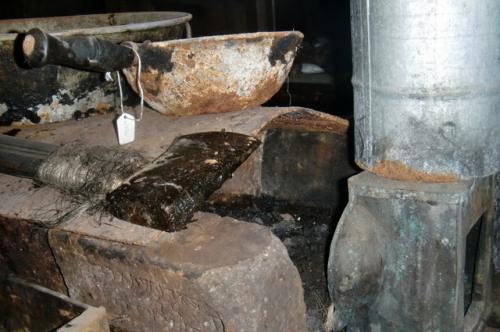
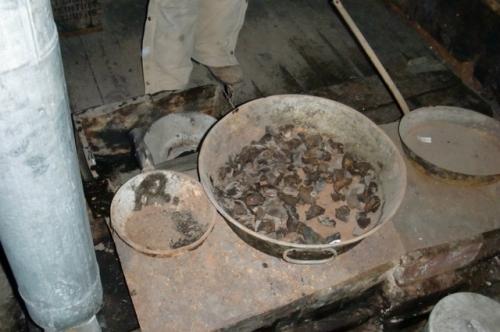
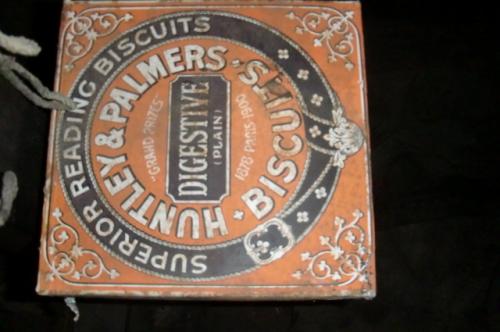



Comments